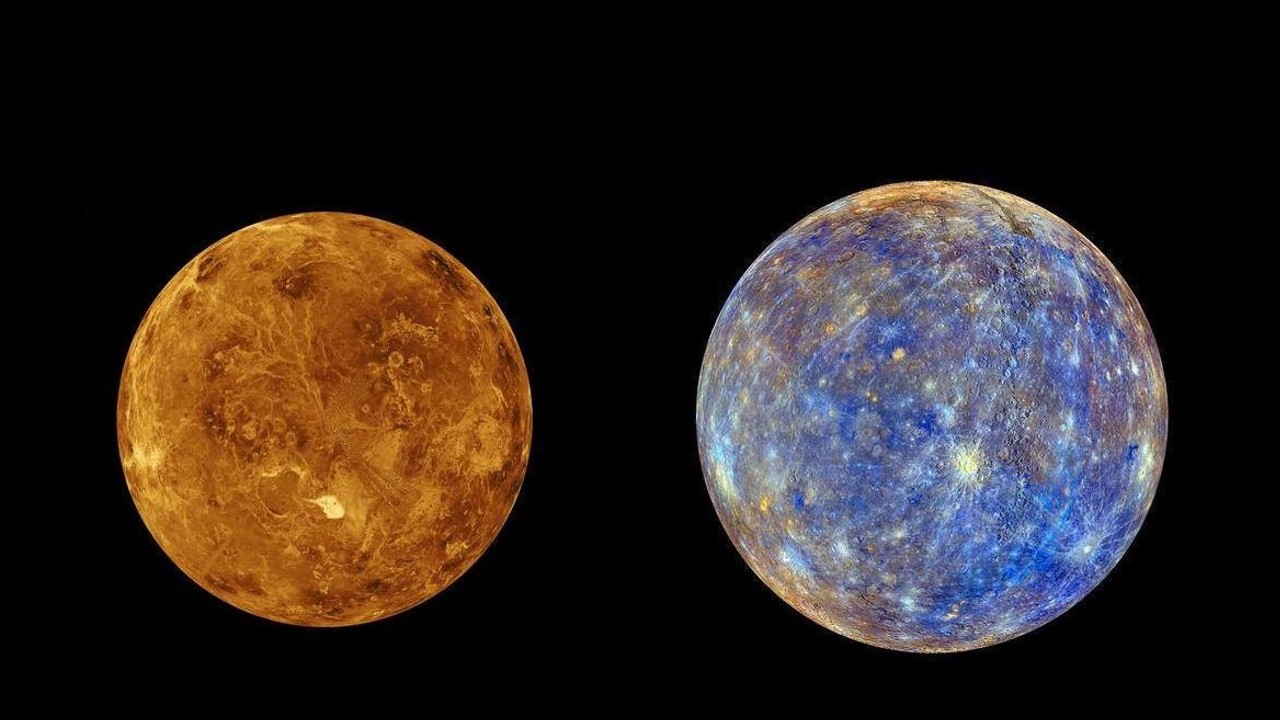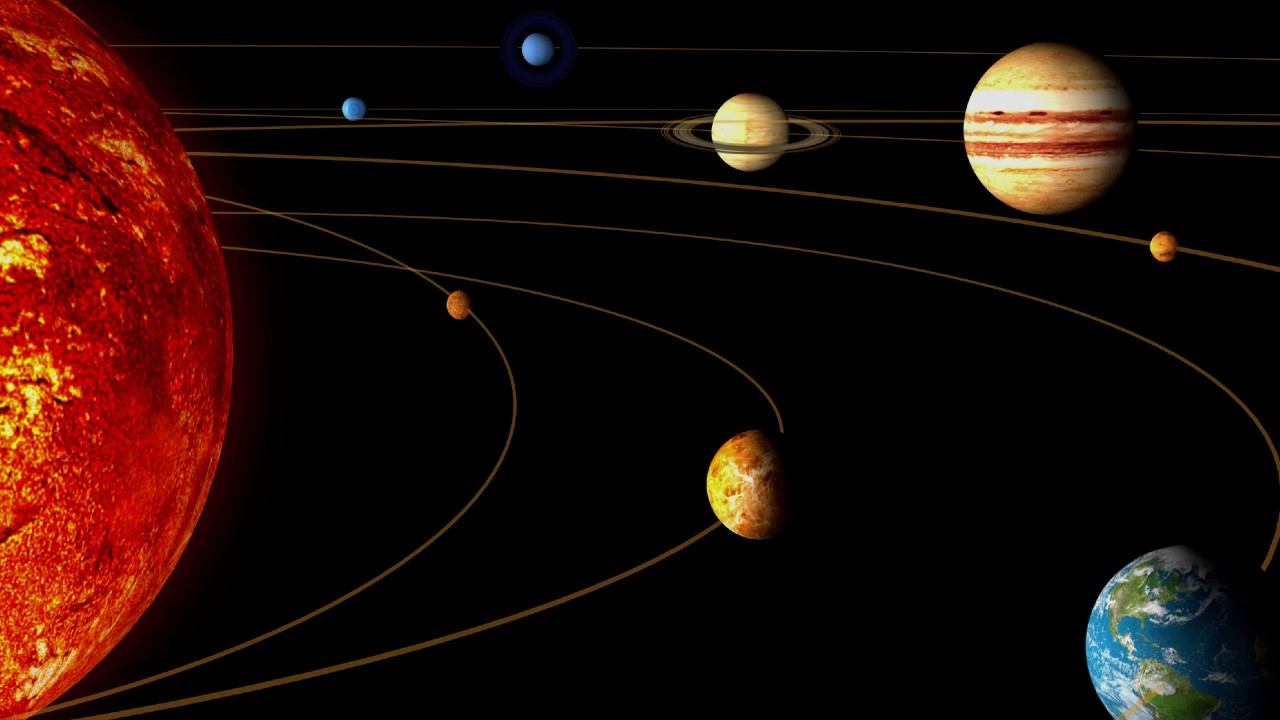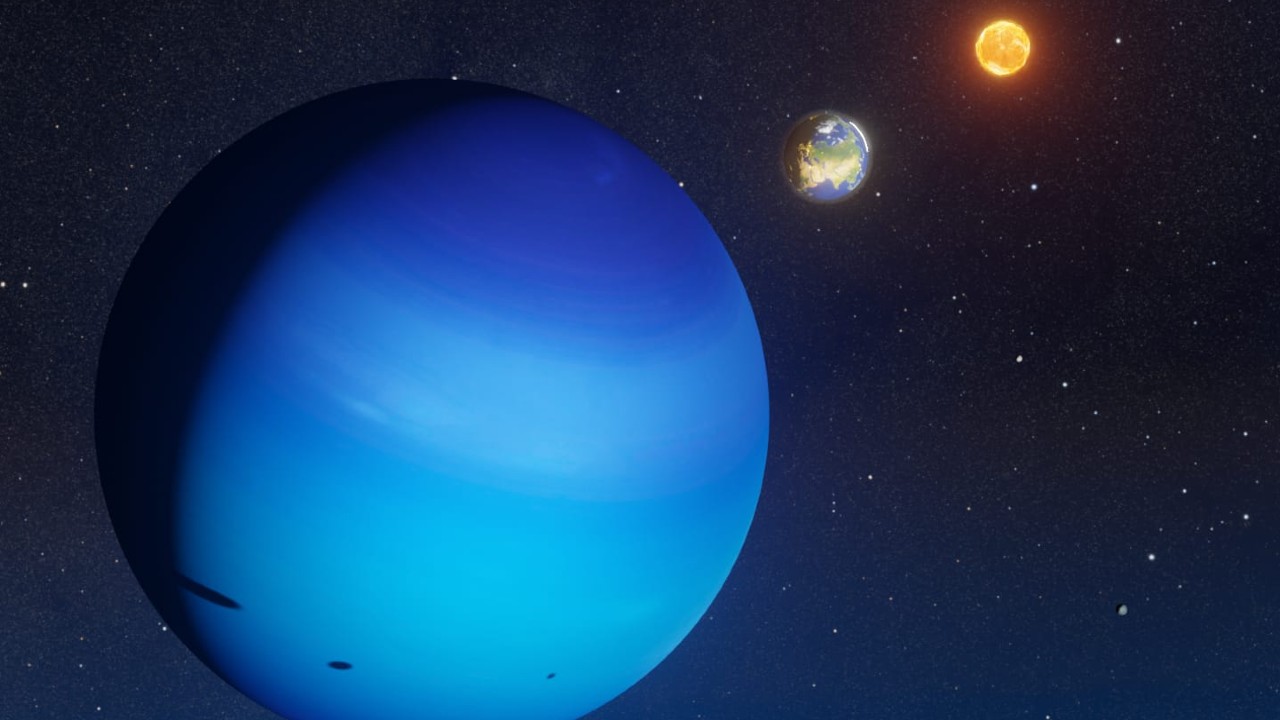The debate on ‘which planet is closest to Earth’, which started with a study published in the journal Physics Today in 2019, still continues today. Contrary to the information on NASA’s official website, the research, which revealed that the closest planet is Mercury, has led to the emergence of many question marks. Let’s take a look at all the work done now.
With the advancement of technology every year, we learn new and interesting information about space. Especially in recent years NASA and Elon Musk SpaceXCollaborative work with , unlocks many mysteries about our universe. While all these studies continue, a study published by three scientists in 2019 opened a new window in the scientific world.
A simulation developed by three scientists named Tom Stockman, Gabriel Monroe and Samuel Cordner, contrary to what was known until that day, is the closest planet to Earth. Mercury revealed that. Calculations made by NASA, on the other hand, show that the closest planet is Venus, as also found on its official site. In the light of all this information,Which planet is closest to Earth?’ Let’s look for an answer together.
Which planet is closest to Earth?
According to the information on the official website of the National Aeronautics and Space Administration (NASA), the closest planet to Earth is Venus. However, in a new study published in 2019 by three scientists, the planet closest to Earth the longest Mercury was declared.
A simulation was developed by these three scientists that makes predictions on distances based on a 10,000-year period using Python to more accurately determine the closest planet to Earth. These simulation results were then compared with the results of PCM (treating the orbits of two objects as circular, concentric and concentric) and conventional computational methods. The simulation results are compared with traditional calculation methods. to 300% closely, with PCM results from 1% revealed less deviation. As a result, because the simulation planets are positioned relative to their orbits, of Mercury It turned out to be closer to Earth than Venus.
So how are these measurements made?

If you examine the solar system in detail, of Venus you can also see that Mars appears to be the planets with the closest distances to Earth. So, by calculating the average distance between Earth-Mars and Earth-Venus, and then subtracting the radii of the planets from each other, you can find that the closest planet to Earth is Venus.
While this formula is not fundamentally wrong, it only measures the shortest possible distance between two planets. In short, it reveals how close the planets will get to Earth during their orbits, but these planets may be much farther from Earth during their time out of orbit. Therefore, to the world closest planet To find out, it is necessary to consider the average distances of the planets along their orbits.
To get a clear answer to this question, we need to look at which planet is closest to Earth on average. When we calculate this of Mercury In fact, we see that it is the planet that spends the most time at the closest distance to the Earth. This is because of all the planets in our solar system, Mercury has the smallest orbit. So, while Mercury never gets as close to Earth as Mars or Venus, it never gets as far away as these rovers.
Also, this small orbit of Mercury makes it the closest planet to all the planets in the solar system. The same method used to calculate Mercury’s distance from Earth applies here as well. While Mercury is never too close to these planets in the solar system, it is not too far away.
So what are the other planets close to Earth?

- Venus 39.79 million km
- Mars 55.65 million km
- Mercury 82.5 million km
- Jupiter is 591.97 million km
- Saturn 1,204.28 million km
- Uranus 2,586.88 million km
- Pluto 4,293.37 million km
- Neptune 4,311.02 million km
We have compiled the above data according to NASA’s studies. Distances between planets are constantly changing as each planet depends on where it is in its orbit around the Sun. Sometimes these distances will be close, sometimes they will be quite far. This is because planets have elliptical orbits. To give an example Mercury The distance between the planet and Earth can vary from 82.5 million km at the closest point to 216.3 km at the farthest point.
That is, any two planets are at their closest point when they are on the same side of the Sun. Therefore, when talking about the distance between two planets, the average distance between them is taken as the basis. These distances are usually represented in kilometers, miles, or astronomical units (AU). Already at this point, due to the calculation differences, the nearest planet There are differences of opinion as to which one.
What is the farthest planet from Earth?

Discovered by German astronomer Johann Gottfried Galle on September 23, 1846, Neptune reaches Earth It is the farthest planet. It is named after the sea god because of its bluish ocean color. Neptune is about 30 times farther from the Sun than Earth and takes about 165 Earth years to complete its orbit. Because it rotates on its axis faster than the Earth on Neptune a day is only about 16 Earth hours.
Launched as part of the US Voyager program in 1977, Voyager 2 spacecraft took 12 years to reach Neptune. According to the National Air and Space Museum, Neptune’s The average temperature in its atmosphere is -225 degrees Celsius. The biggest reason for this is that it is quite far from the Sun. It takes about 4 hours for a light from the planet, which is 4.5 billion kilometers away from the Sun, to reach the Earth. Neptune, which is about four times wider than the Earth, is the largest in the solar system with a radius of 24,674 kilometers and a diameter of 49,244 kilometers. is the fourth planet.
You can also read our other content related to space here:
RELATED NEWS
Mars is Red, Venus is Brown… What is the Reason for Planets to Have These Colors?
RELATED NEWS
